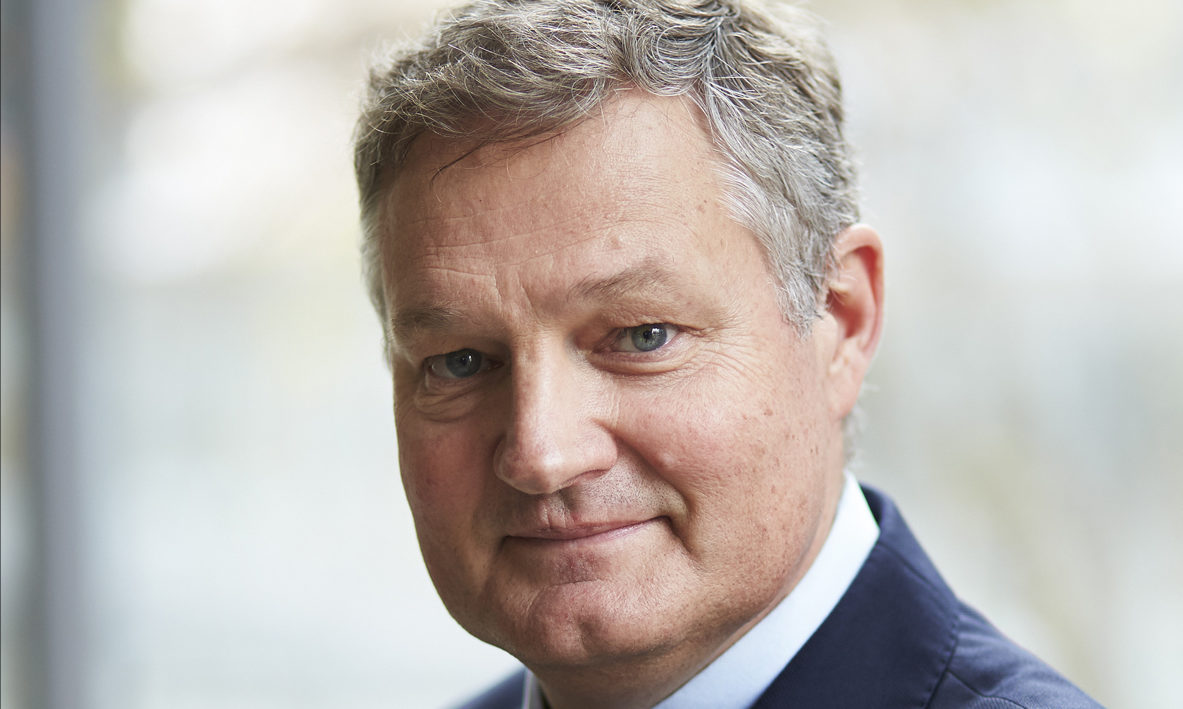Professor David Joske talks to the Leukaemia Foundation about Complementary therapies

Professor David Joske is a Clinical Haematologist at Sir Charles Gairdner Hospital in Perth Western Australia. He was Head of Department 1994 – 2012 and a Medical Co-Director 2017-2021. He has received two NHMRC Research Grants. His research interests include lymphoma, palliative care in Haematology, supportive care, survivorship in cancer, and psycho-oncology. He is a Clinical Professor of Medicine at the University of Western Australia. David founded the Solaris Cancer Care Foundation in 2001. A recipient of the John Curtin Medal from Curtin University in 2004, he has been a finalist for Western Australian of the Year four times. He gave the keynote Carl de Gruchy Oration at the Haematology Society of Australia’s annual scientific meeting in 2019. He is a member of the National Blood Cancer Task Force (2019-) and was on the Clinical Oncology Society of Australia Survivorship Executive 2016-2021. He plays guitar and has a songwriting award.
1. Can you explain the difference between complementary therapy and alternate medicines?
Note that it is Complementary therapy (CT), not complimentary – not the same thing at all! Although these are typically grouped together as CAM, they are in fact, mutually exclusive: alternative therapies are used in place of mainstream medicine, whereas complementary ones are used alongside mainstream medical practices – getting hopefully the best of both worlds. And we are now in an era of so-called integrative-oncology, using evidence-based CTs to relieve cancer symptoms and treatment side effects. Most major cancer centres and hospitals around the world now have integrative oncology or cancer wellness centres. In Australia, Solaris in WA has been at the forefront of this movement, and the Chris O’Brien Lifehouse in Sydney, and the Olivia-Newton John Centre and the Peter MacCallum in Melbourne also have such centres.
2. How do you suggest people appraise information when they are exploring complementary therapies?
The best guide is a booklet just published by the Cancer Council called “Understanding Complementary Therapies”. I had quite a hand in reviewing and editing it and so I know it to be very, very good with a very current summary of therapeutic benefit evidence of many CTs, how to discuss with your team, how to avoid dodgy practices and practitioners and so on. For oral therapies, I have used the 2 volume book by Marc Cohen and Leslie Braun called “Herbs and Natural Supplements” for many years as a desk-top reference, and now there is an app called About Herbs available on smartphones from the Memorial Sloan Kettering Cancer Center in New York.
3. Does research support the use of complementary therapies?
Yes. There is a lot of positive evidence, quite a few studies not showing benefit and some showing negative results, but very little evidence of harm with CTs – this statement does not apply to complementary medicines, which can be very harmful and risky indeed. Moreover, there are an increasing number of meta-analyses – where clinical trials and results are aggregated into massive overviews to review the evidence – published by the Cochrane Foundation. In short, massage has been shown to relieve anxiety in cancer patients; music therapy is good for depression and, in one study, reduced length of hospital stay in bone marrow transplant patients in Seattle; acupuncture is good for cancer pain and chemo nausea; singing may have immune-boosting effects, and so on. If the tide of evidence for positive results for exercise in cancer patients were to apply to CTs, then the effects of specific therapies may be quite specific for different sorts of cancer. We must be careful not to assume benefits in one cancer type necessarily apply to others, so there is a lot of research to be done. This research is also difficult to do, and randomised clinical trials are impossible with some CTs. Nevertheless, there is a growing onus of responsibility for mainstream health practitioners to know about CTs use and which are effective, I believe.
4. What is the best way to raise the subject of complementary therapies with your treatment team?
Your team is concerned with and wants your best possible health. They need to know what you are doing or taking to make sure it is safe. There may still be health professionals who struggle with complementary therapy use, unfortunately, but you have the right to manage your health in your own way – to which, I would add, provided you are acting on good information! Don’t be ashamed; stick to your guns, but also be prepared to listen to the advice you are given. Arriving at a shared health plan with your team is a two-way process. Your health professionals should show an open mind, but it can be a big ask for them to go away and look up 10 or 12 supplements for safety and drug interactions – it is hard enough to stay up to date with mainstream advances! I would suggest reading and then producing the Cancer Council booklet mentioned above, as part of an opening gambit, that might help start a constructive discussion. It shows you have read a respected Australian reference from the major cancer consumer organisation in Australia!
Last updated on August 31st, 2023
Developed by the Leukaemia Foundation in consultation with people living with a blood cancer, Leukaemia Foundation support staff, haematology nursing staff and/or Australian clinical haematologists. This content is provided for information purposes only and we urge you to always seek advice from a registered health care professional for diagnosis, treatment and answers to your medical questions, including the suitability of a particular therapy, service, product or treatment in your circumstances. The Leukaemia Foundation shall not bear any liability for any person relying on the materials contained on this website.